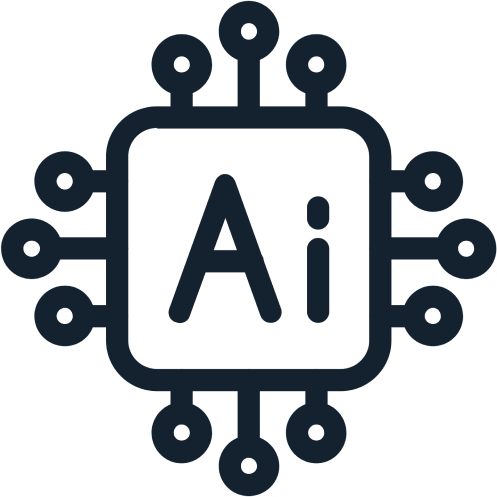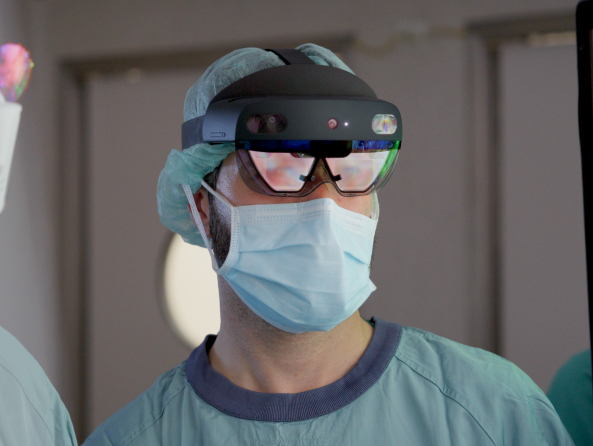The HoloMedicine® platform pioneers a new era in medical training with its immersive educational platform, seamlessly blending real-world clinical experiences with virtual tools than enhance the learning experience. It empowers future healthcare professionals to learn, practice, and master complex procedures in life like environments, fostering deeper understanding and readiness for clinical practice.
Access training resources from any location, ensuring that your learning experience is not bound by physical constraints. This flexibility enables you to collaborate with other users worldwide, fostering a global learning community. Whether you’re at home, in the library, at the clinic, or on the go, you can continue your professional development anytime, anywhere.

Go beyond 2D textbooks and screens into a 3D immersive environment where you can interact, measure, annotate and collaborate with 3D anatomical models and tools to better understand the spatial relationships between anatomy. Overcome the limitations of traditional wet labs and supervised clinics to engage in clinical scenarios with unobstructed visual and physical access to anatomy and pathology of interest.
The immersive nature of VR allows you to feel as if you are physically present in the clinical environment, providing an unparalleled sense of realism. Real-time streaming, pre-recorded procedures, and simulated scenarios enable medical trainees with limited access to live learning experiences to practice and refine their skills in a life like to risk free environment. This approach allows for repeated practice and learning from mistakes, ensuring that doctors are well-prepared for real-life clinical situations.


Enrich your journey with AI-powered personalized responses and scenarios. This seamless integration enhances the learning experience, providing tailored guidance and insights that adapt to learning style and progress. This feature is created based on customer briefs such as a study buddy to assist with quizzes and knowledge retention or AI patients that enable real life clinical scenarios to simulate diagnosis and treatment. The possibilities are endless.
When it comes to medical training, distinguishing between virtual reality (VR) and mixed reality (MR) is essential.
When it comes to medical training, distinguishing between virtual reality (VR) and mixed reality (MR) is essential.
Virtual Reality is ideal for highly immersive, focused training scenarios where complete immersion and distraction-free environments are essential. It allows trainees to interact with life like scenarios and practice procedures in a controlled, risk-free setting. On the other hand, Mixed Reality is a better choice when training requires interaction with the real world and physical objects. Mixed Reality’s ability to blend digital overlays with the physical environment makes it perfect for scenarios requiring spatial awareness and the use of real-world elements. Both VR and MR offer transformative advantages in medical education, catering to different learning styles and enhancing the proficiency and confidence of future healthcare professionals.
Common use cases
Common use cases
